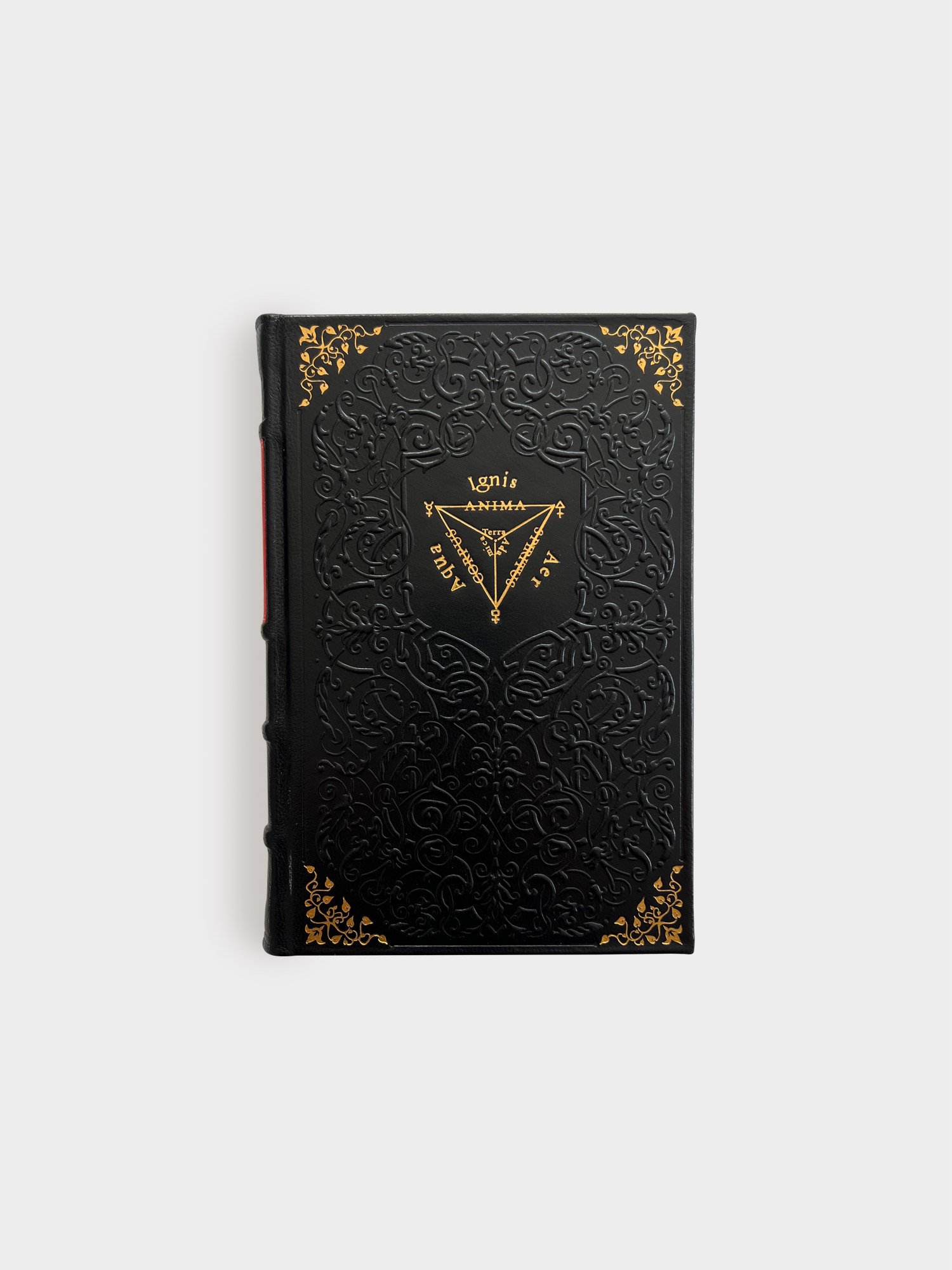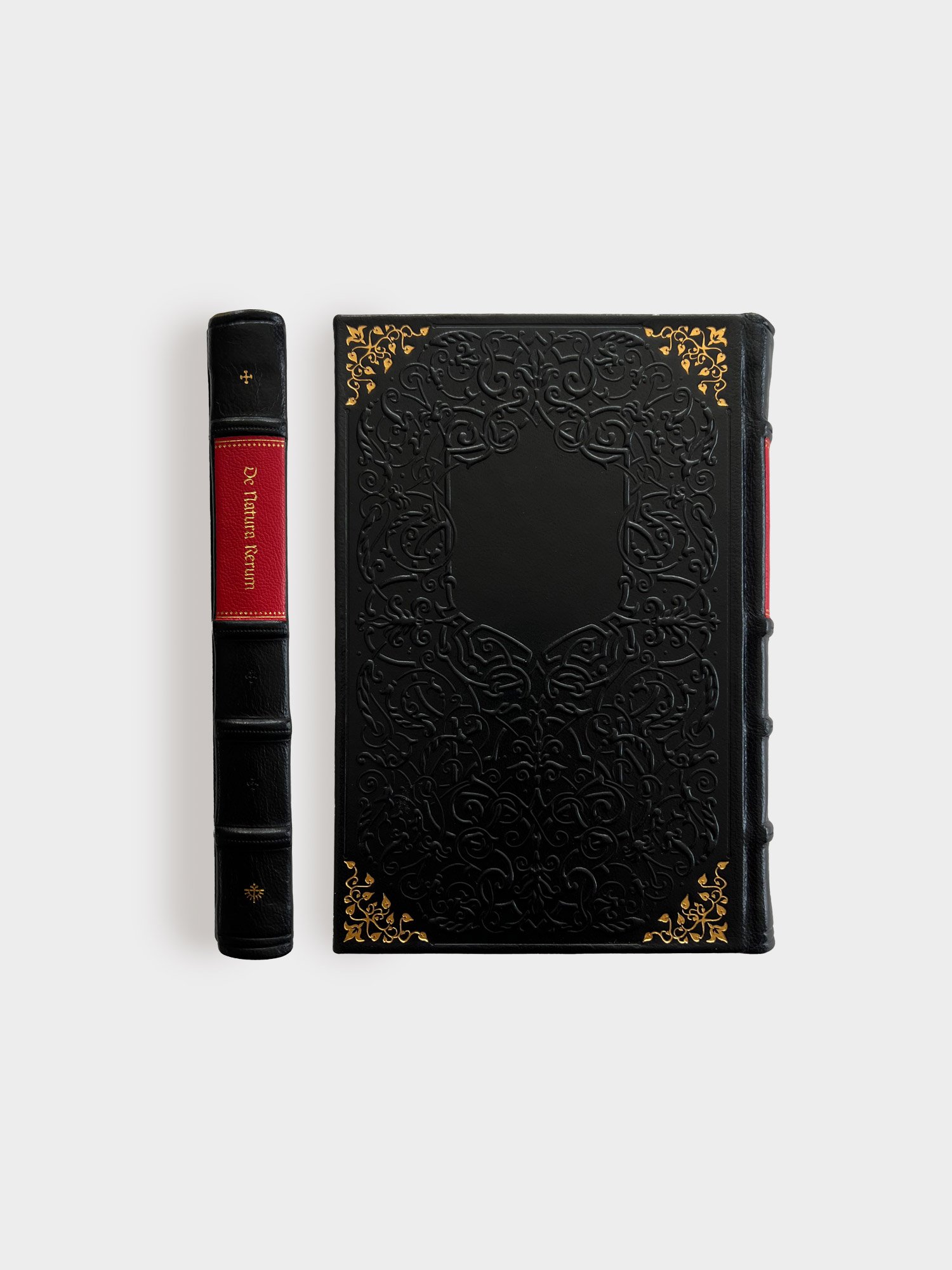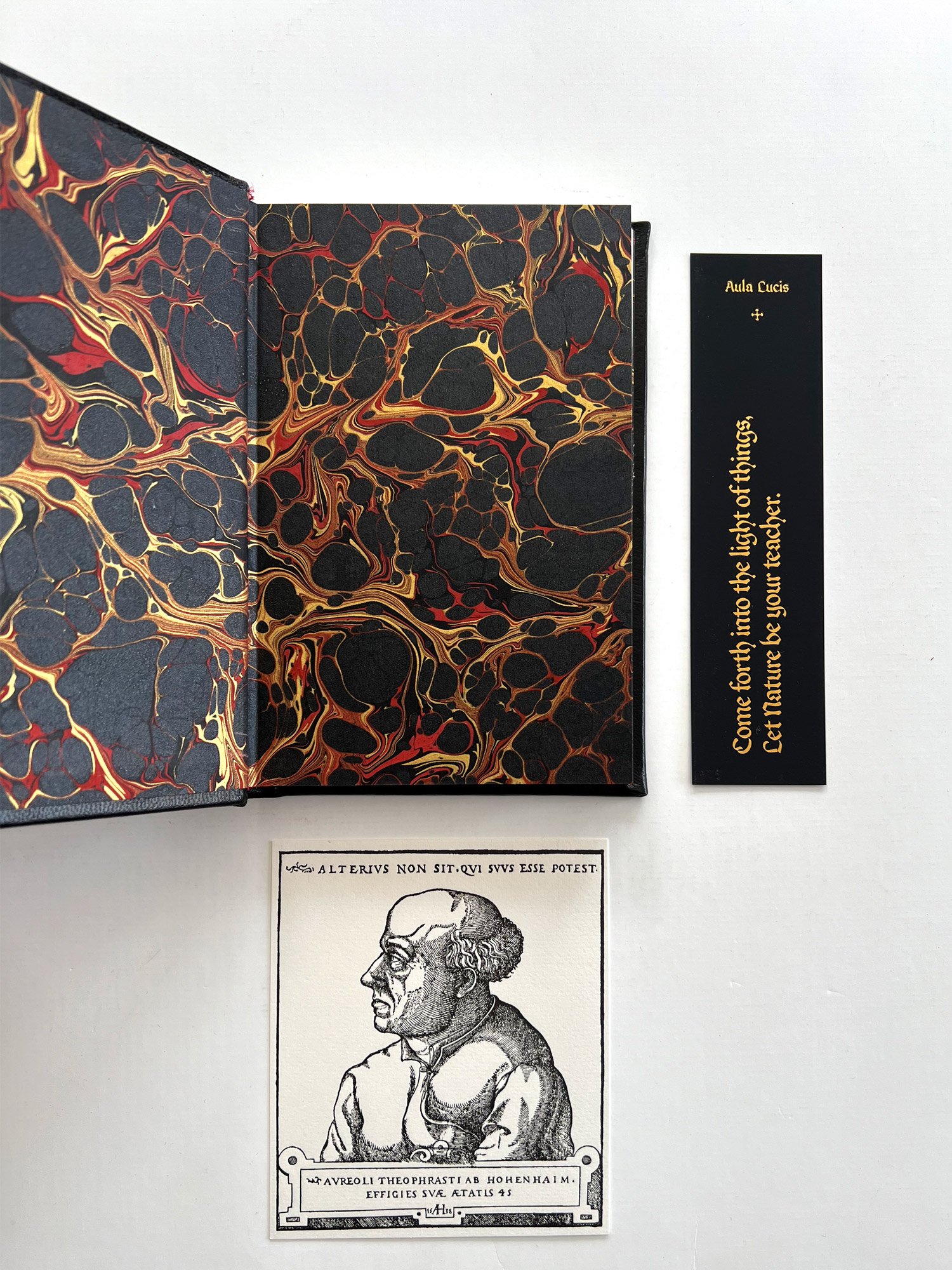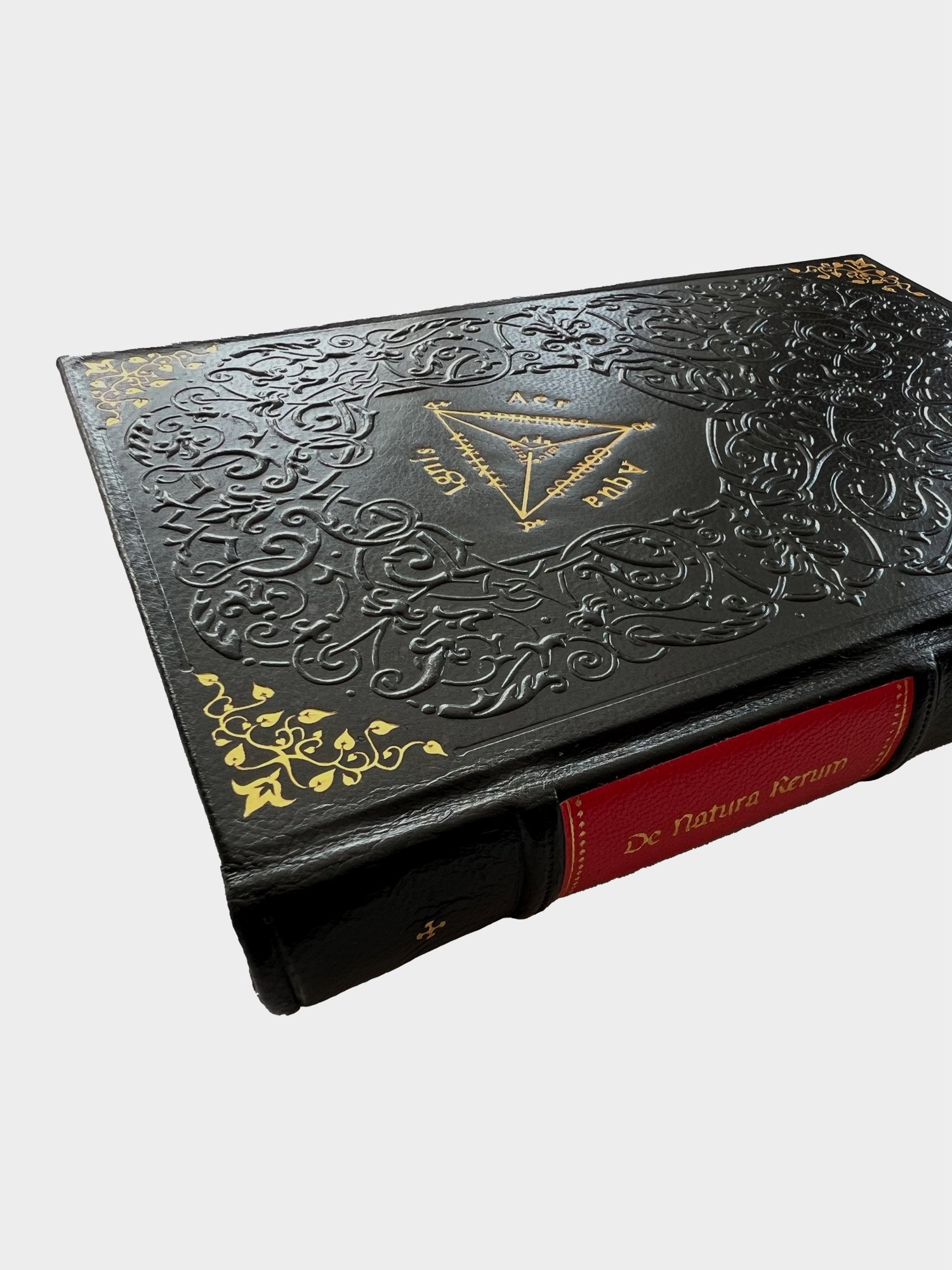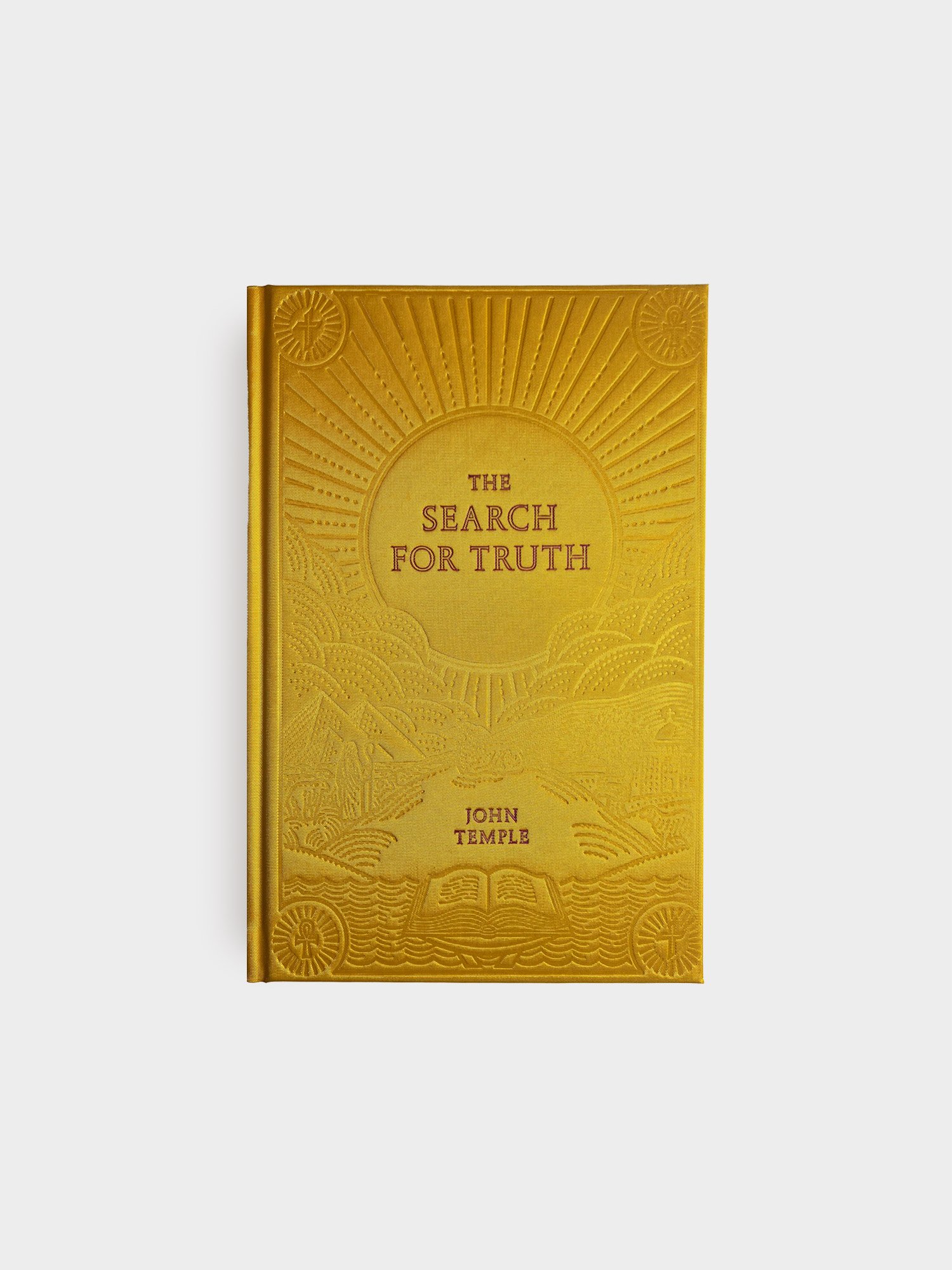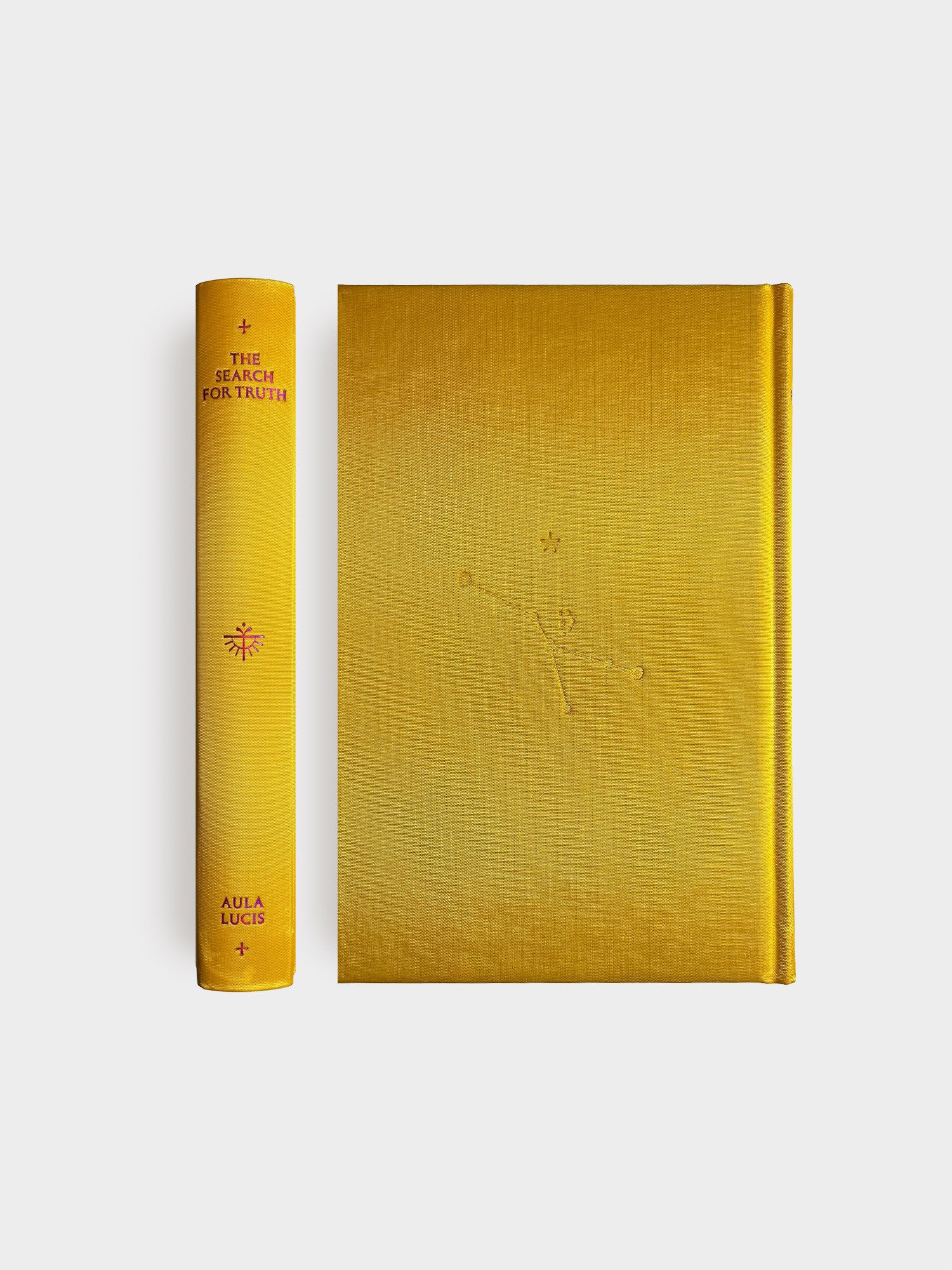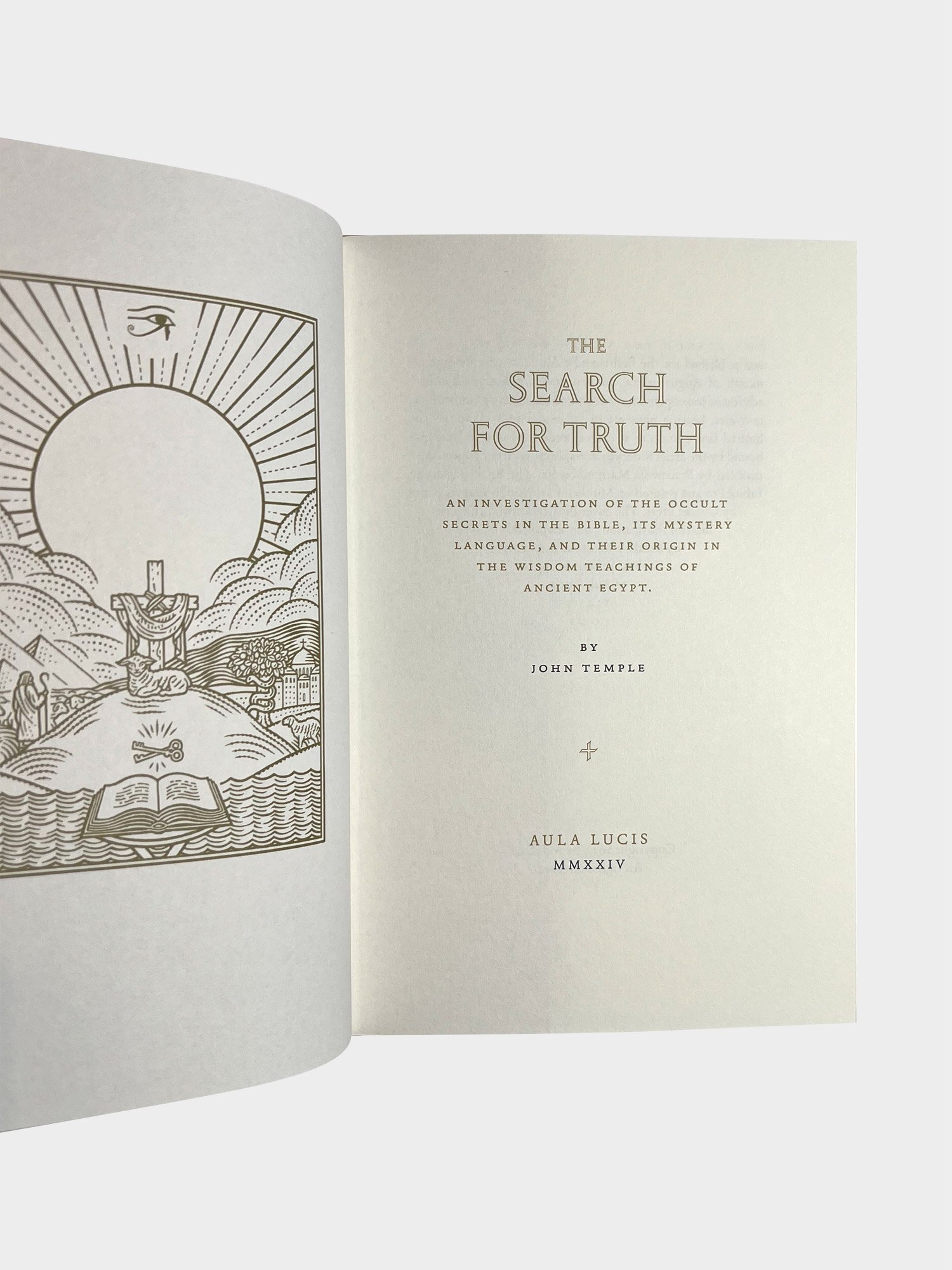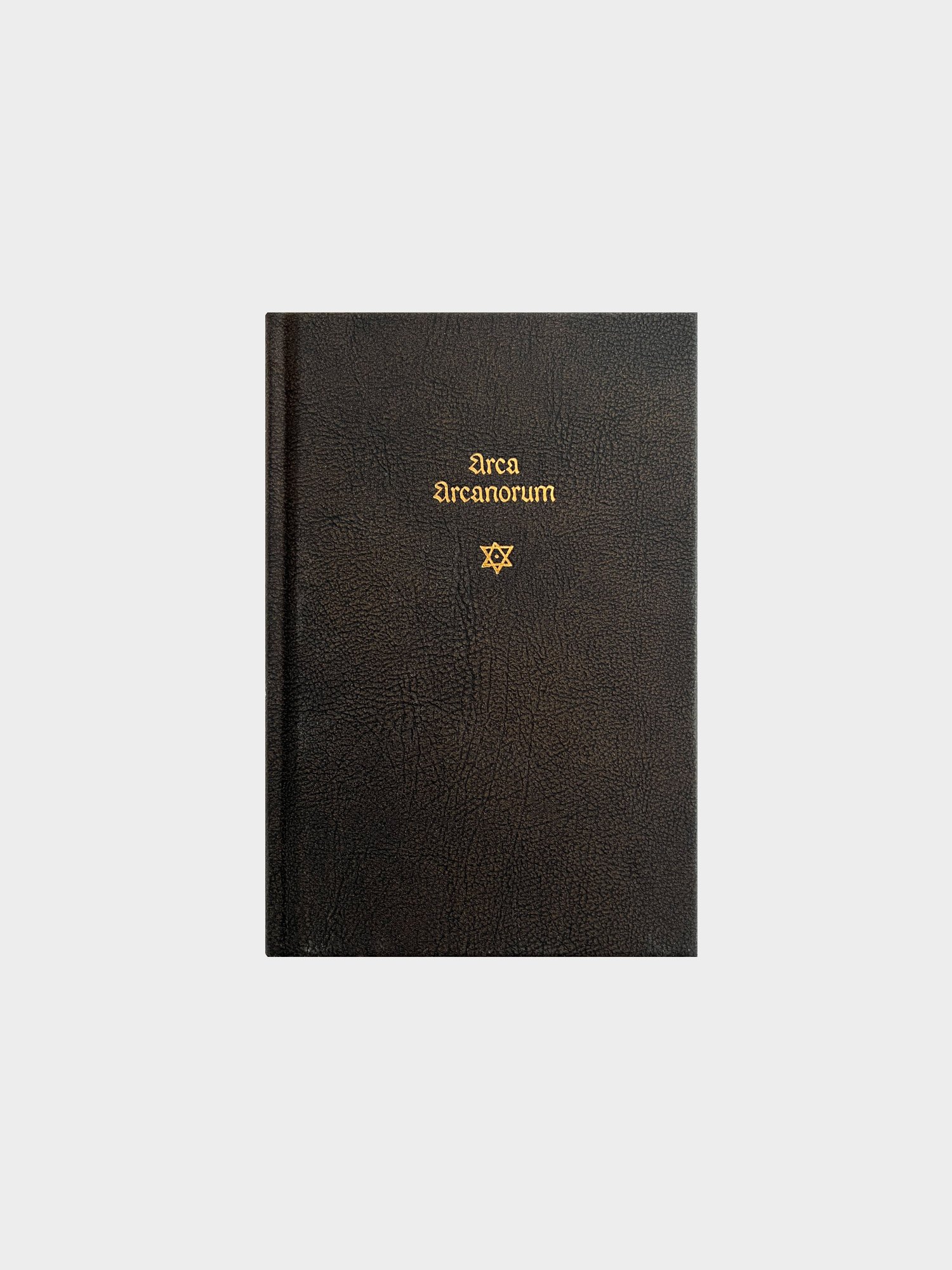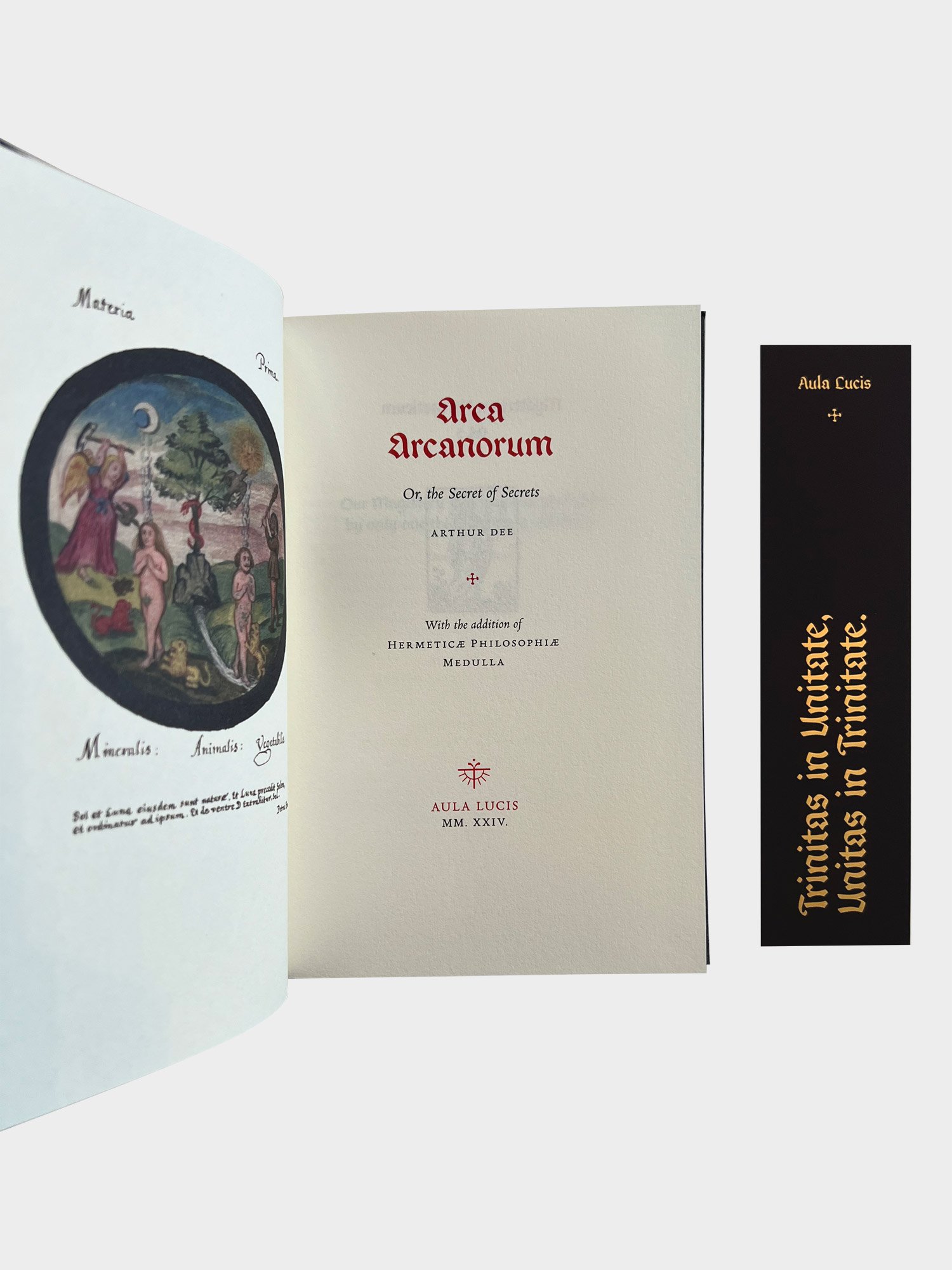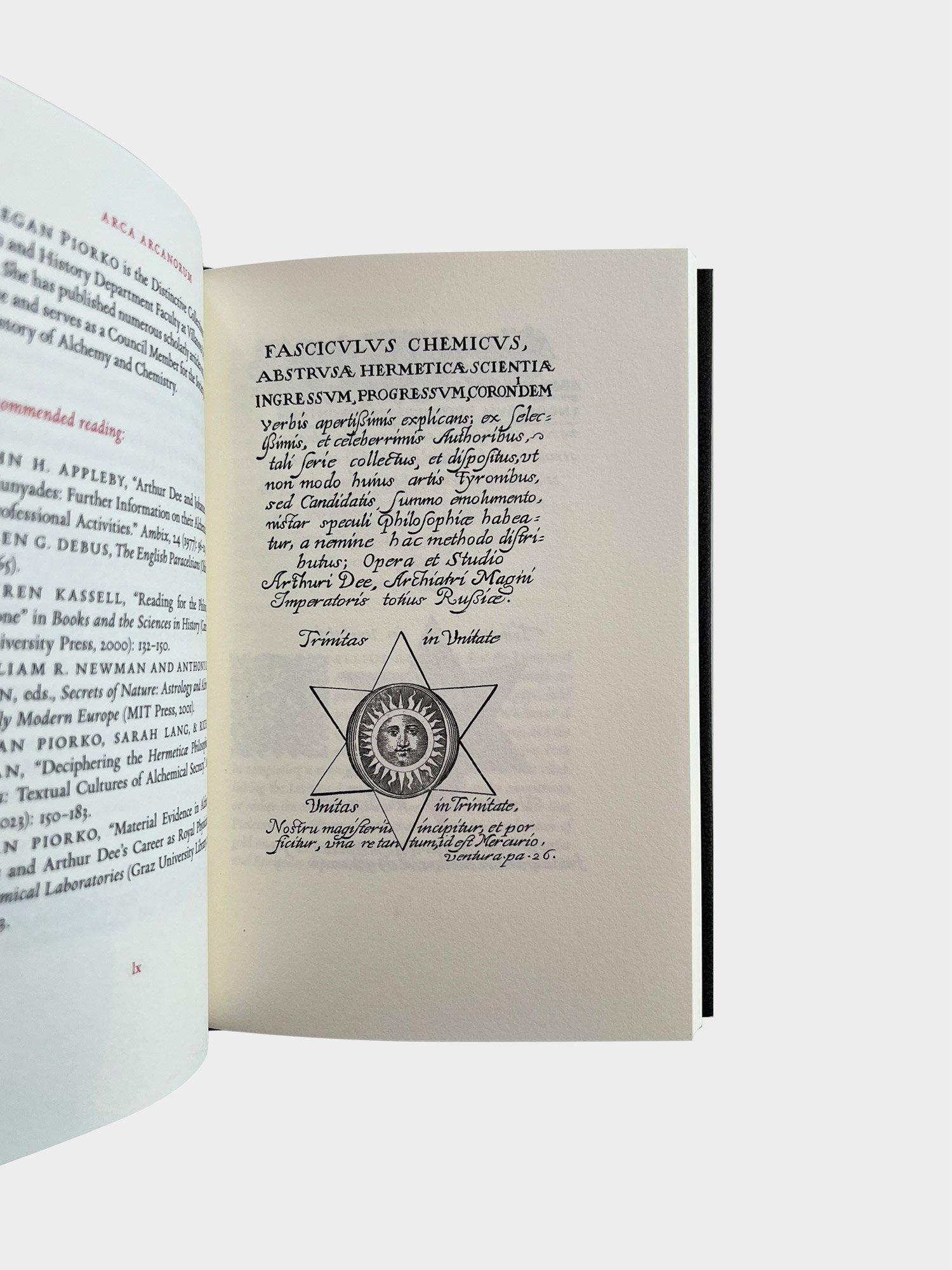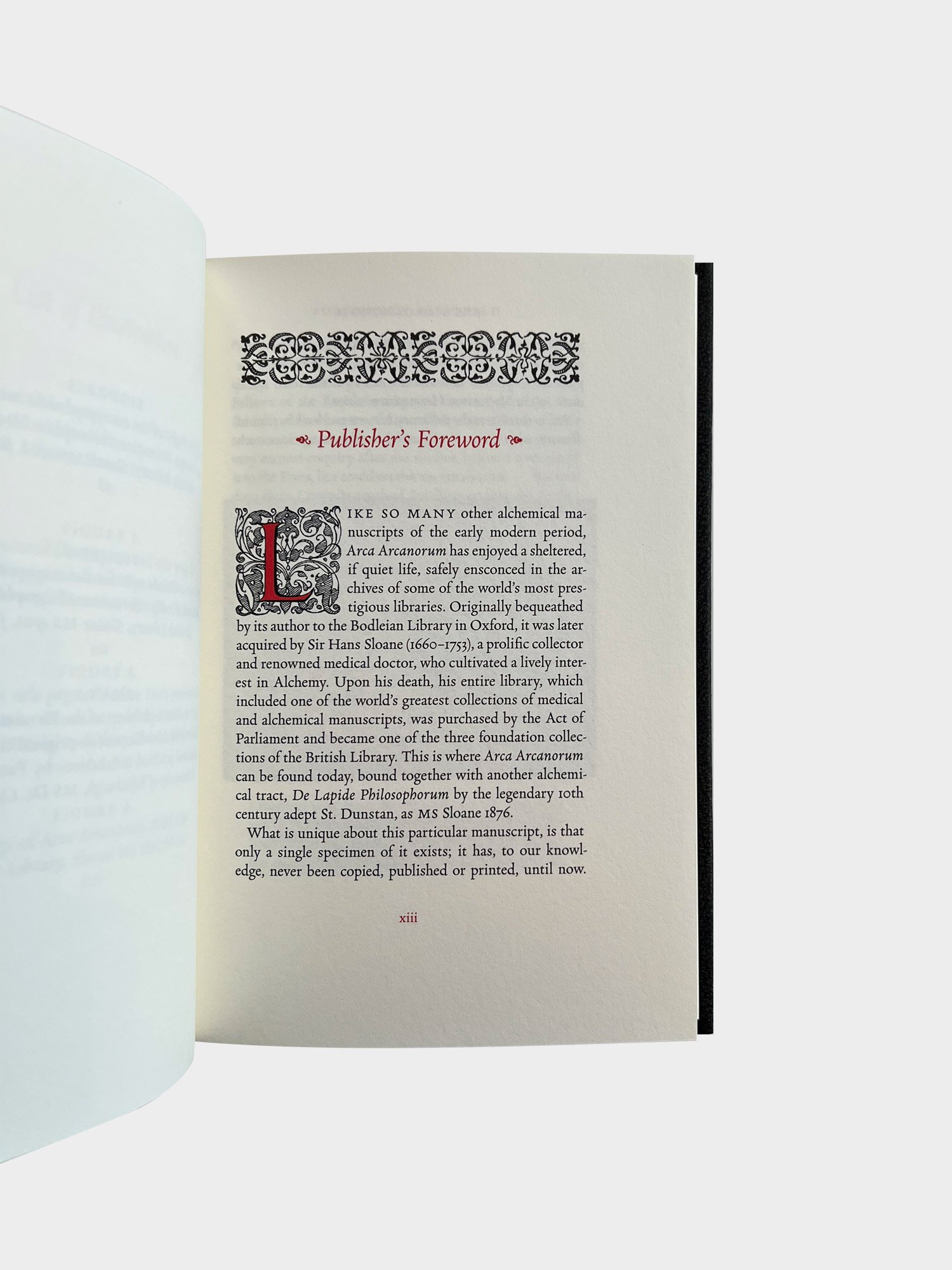De Natura Rerum (On the Nature of Things)
De Natura Rerum (On the Nature of Things)
by Paracelsus
with new Introduction by Peter Hochmeier
Second volume in the Mysterium Hermeticum series.
Including a Chymical Dictionary, Explaining Hard Places and Words met withal in the Writings of Paracelsus & Others, compiled by John French.
[read more below]
De Natura Rerum (On the Nature of Things)
by Paracelsus
with new Introduction by Peter Hochmeier
Second volume in the Mysterium Hermeticum series.
Including a Chymical Dictionary, Explaining Hard Places and Words met withal in the Writings of Paracelsus & Others, compiled by John French.
[read more below]
De Natura Rerum (On the Nature of Things)
by Paracelsus
with new Introduction by Peter Hochmeier
Second volume in the Mysterium Hermeticum series.
Including a Chymical Dictionary, Explaining Hard Places and Words met withal in the Writings of Paracelsus & Others, compiled by John French.
[read more below]
-
Aula Lucis
Limited Edition Hardcover. Printed in full colour on Munken Pure Rough 100gsm paper and bound in genuine re-constituted leather, with maroon endpapers and ribbon, and five black & white illustrations. Presented with a black letterpress bookmark.
180 x 120 mm, 208 pp.
1st Edition, limited to 500 copies.
-
Aula Lucis
Printed in full colour on Munken Pure Rough 100gsm paper, bound in full black goatskin by Ludlow Bookbinders, with ribbed spine and hand-tooling, featuring Renaissance artwork in gold foil and a unique embossed pattern designed by artist Katia Zubakhina. The endpapers have been hand-marbled by Freya Scott at Paperwilds. Presented with a black letterpress bookmark and a maroon ribbon.
All copies of the deluxe edition will also include a letterpress broadside with the famous 1538 woodcut portrait of Paracelsus by Augustin Hirschvogel, printed on the luxurious Zerkall 225gsm paper.
1st Edition, limited to 55 copies
Description
¶ For the second volume in the Mysterium Hermeticum series, we present our readers with one of the most fundamental and most widely studied alchemical works of Theophrastus Bombast of Hohenheim, also known as Paracelsus (1493-1541). De Natura Rerum, or Nine Books on the Nature of Things, was composed in order to assist the aspiring alchemist and hermetic philosopher in recognising what lies hidden in Nature, and how to induce Nature to be helpful in the Art of Alchemy. Comprising nine tracts on the Generation, Growth, Preservation, Life, Death, Resurrection, Transmutation, Separation, and Signature of all natural things, it is a veritable treasure house of natural lore for all diligent students of the Spagyric Art to draw upon, and to apply in their practice.
¶ For Paracelsus, Nature is the greatest school of all, and everything that the alchemist does, he must do by her light, for “there is nothing in Man that does not flow into him from the light of Nature,” and “all things belonging to Nature exist for the sake of Man. And since they have been created for his sake, and since it is he who needs them, he must explore everything that lies in Nature.” This is the guiding principle behind De Natura Rerum, a book which Paracelsus dedicated in 1537 to his ‘dear trusted friend and brother’ Hans Winckelsteiner, an alchemist from the town of Freiburg, entrusting the manuscript to his care and urging him to keep it only for himself and his closest circle of collaborators. As a result, it was not until 1572 that the first German edition of this work emerged in print, comprising only of books 1-7, and a further twelve years before it was published in its complete form, including the eighth and ninth books. The latter tract, titled On the Signature of Natural Things, is one of the most important expositions on the Paracelsian theory of Signatures, a subject which we will continue to explore in our future publications.
¶ The text of this edition is based on the 1650 translation by the English Paracelsian physician and alchemist John French (ca. 1616-1657), also known as the author of the famed alchemical compendium The Art of Distillation (1651). His excellent rendition, superior to that of A. E. Waite published two centuries later, has been faithfully preserved with minimal corrections to spelling, punctuation and certain obscure technical terms used by Paracelsus. We have also included our own translation of Paracelsus’ 1537 Preface to Hans Winckelsteiner, which was missing from the first English edition, as well as John French’s Chymical Dictionary, a complementary treatise which was bound together with his translation of De Natura Rerum. This being a lexicon of obscure Paracelsian and alchemical terms, it is a work of particular rarity and importance, as it covers a plethora of now forgotten and abstruse terms a reader may encounter in the writings of Paracelsus and other enigmatic authors.
¶ Finally, we are pleased to introduce to the English-speaking audiences Peter Hochmeier, a renowned Austrian alchemist, natural philosopher and expert in the theory of Signatures, who wrote an Introduction to this volume. Peter’s seminal work The Way of the Sun Spark: Alchemy, Spagyrics and the Art of Signatures, is currently being translated into English for the first time as a forthcoming Aula Lucis release.



